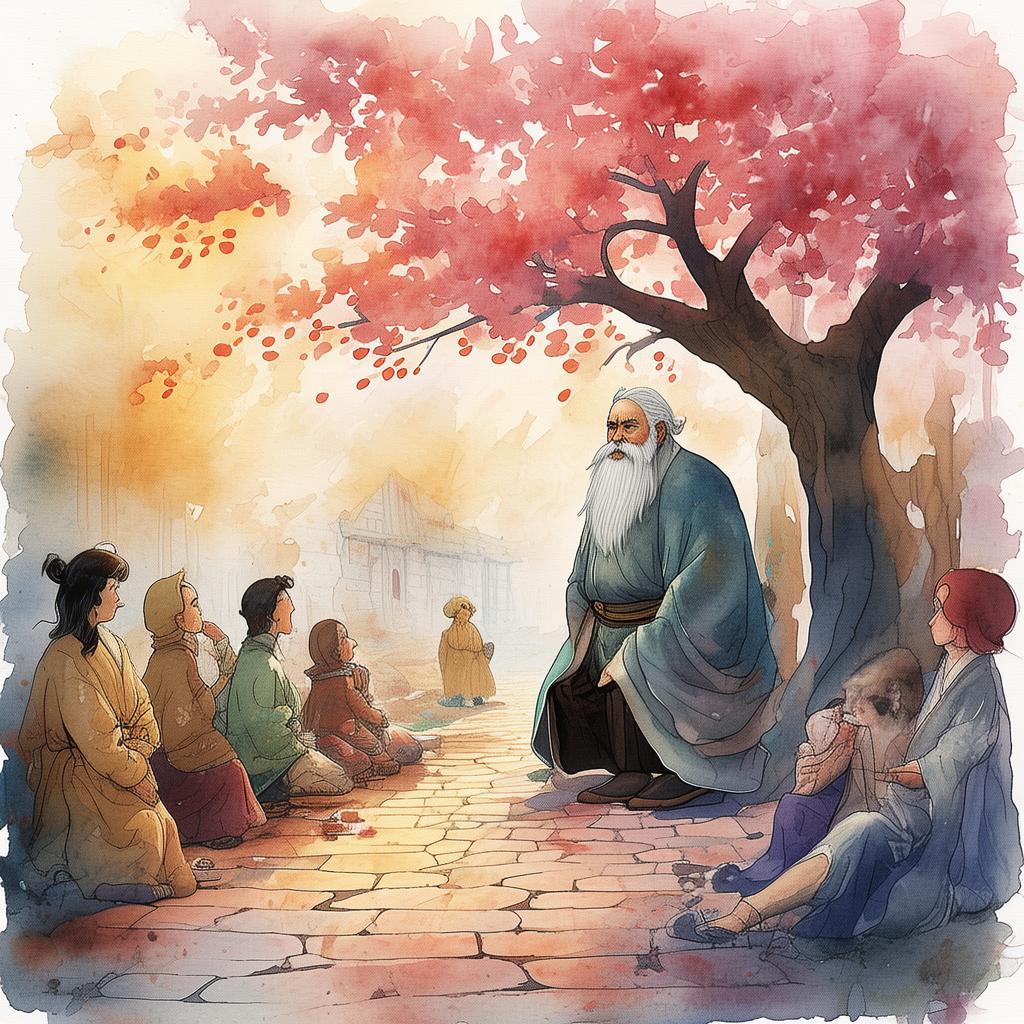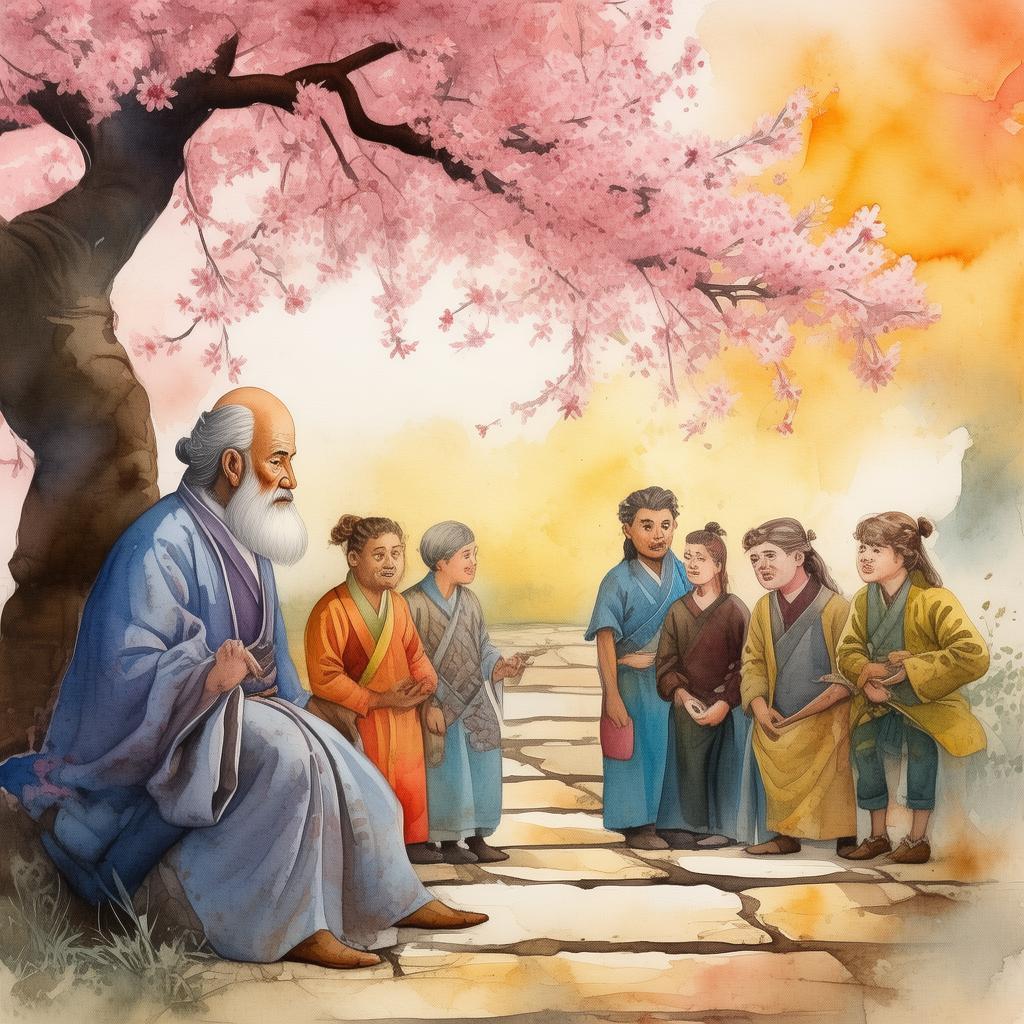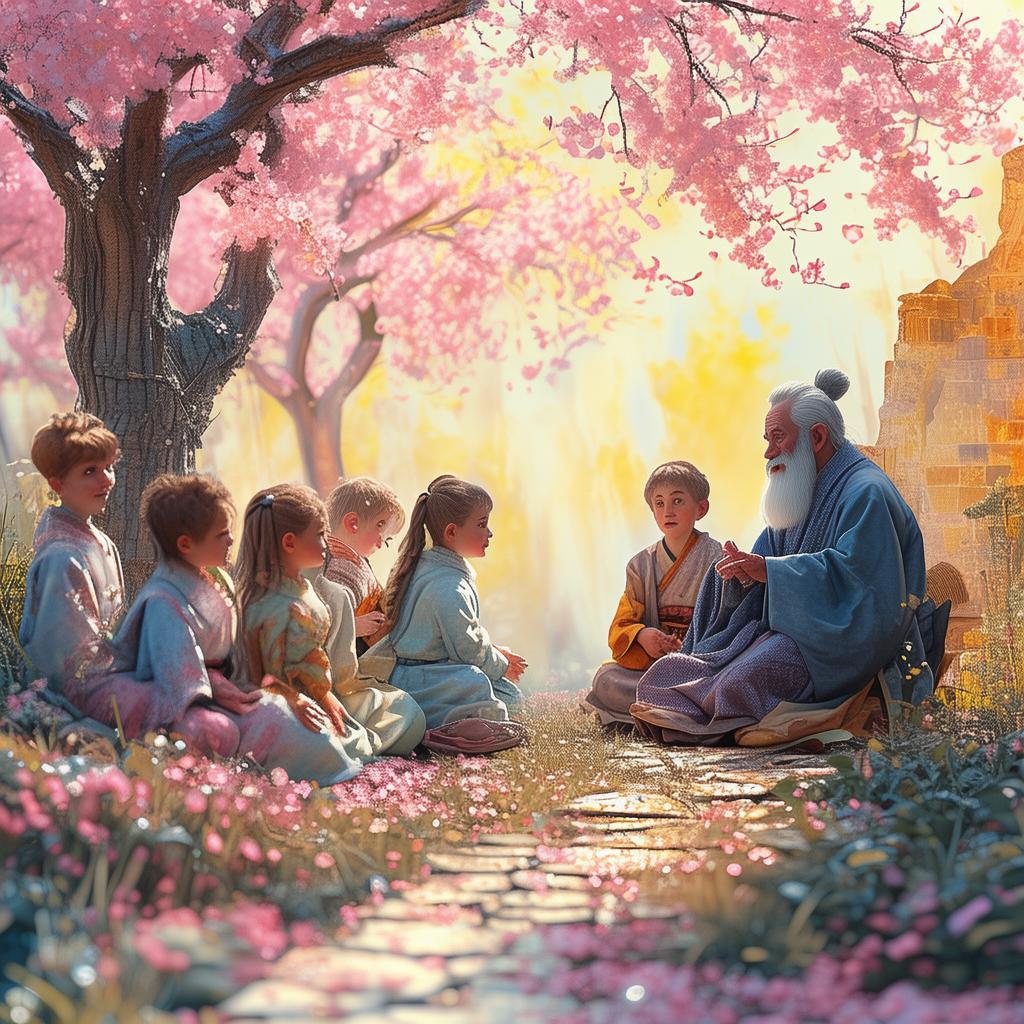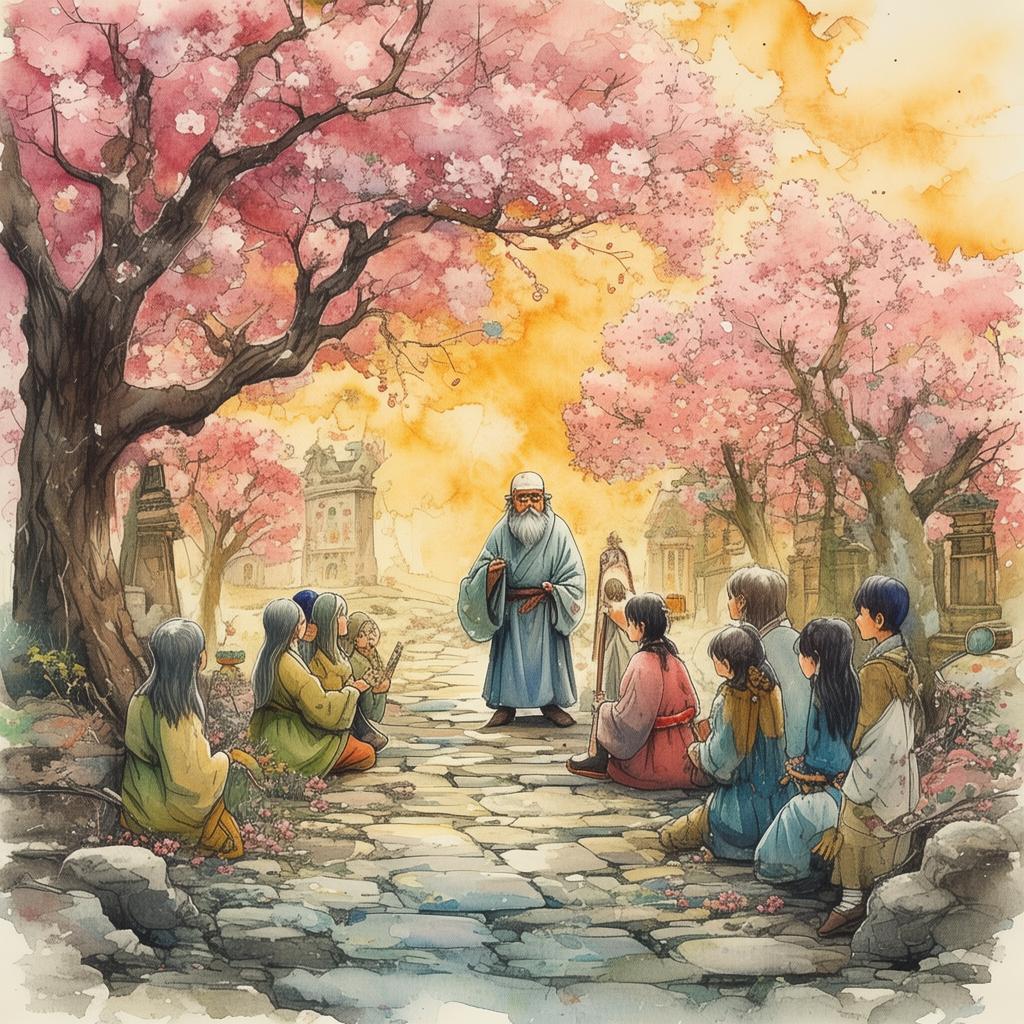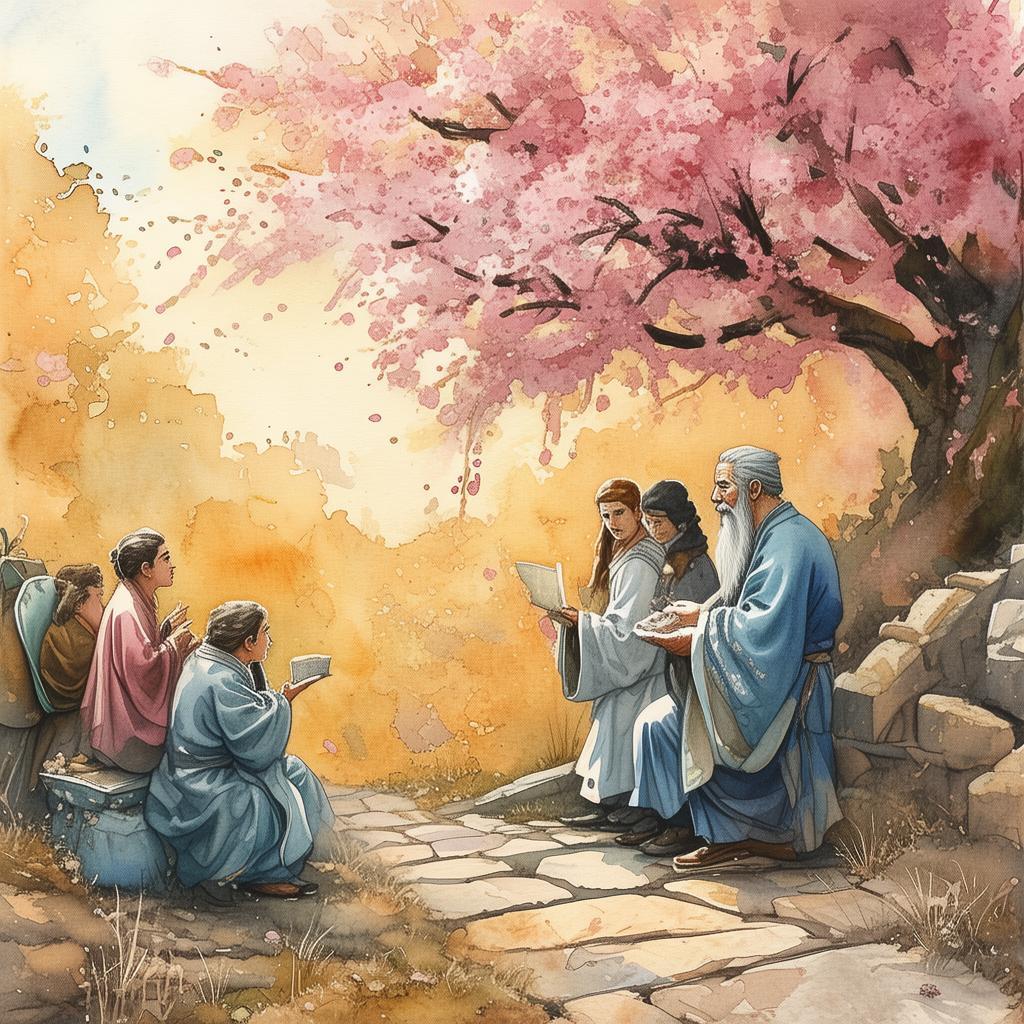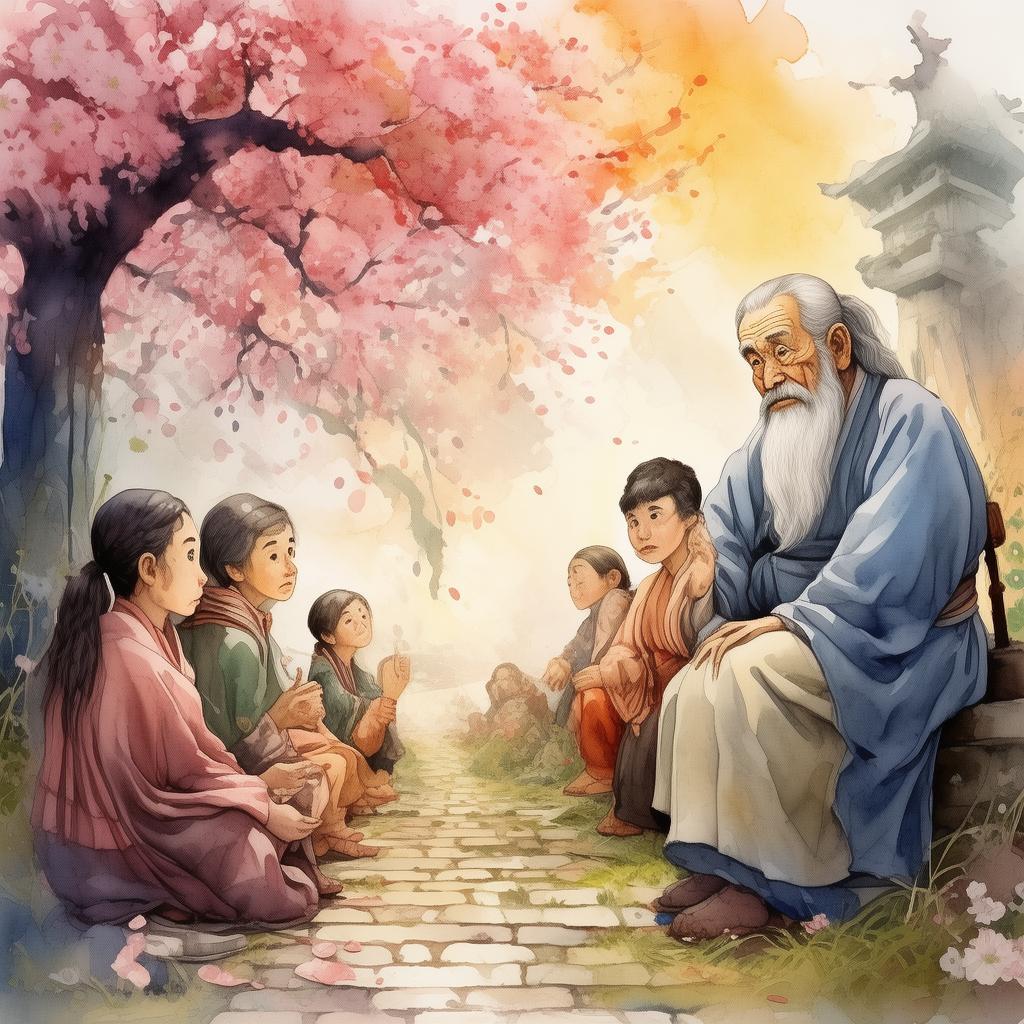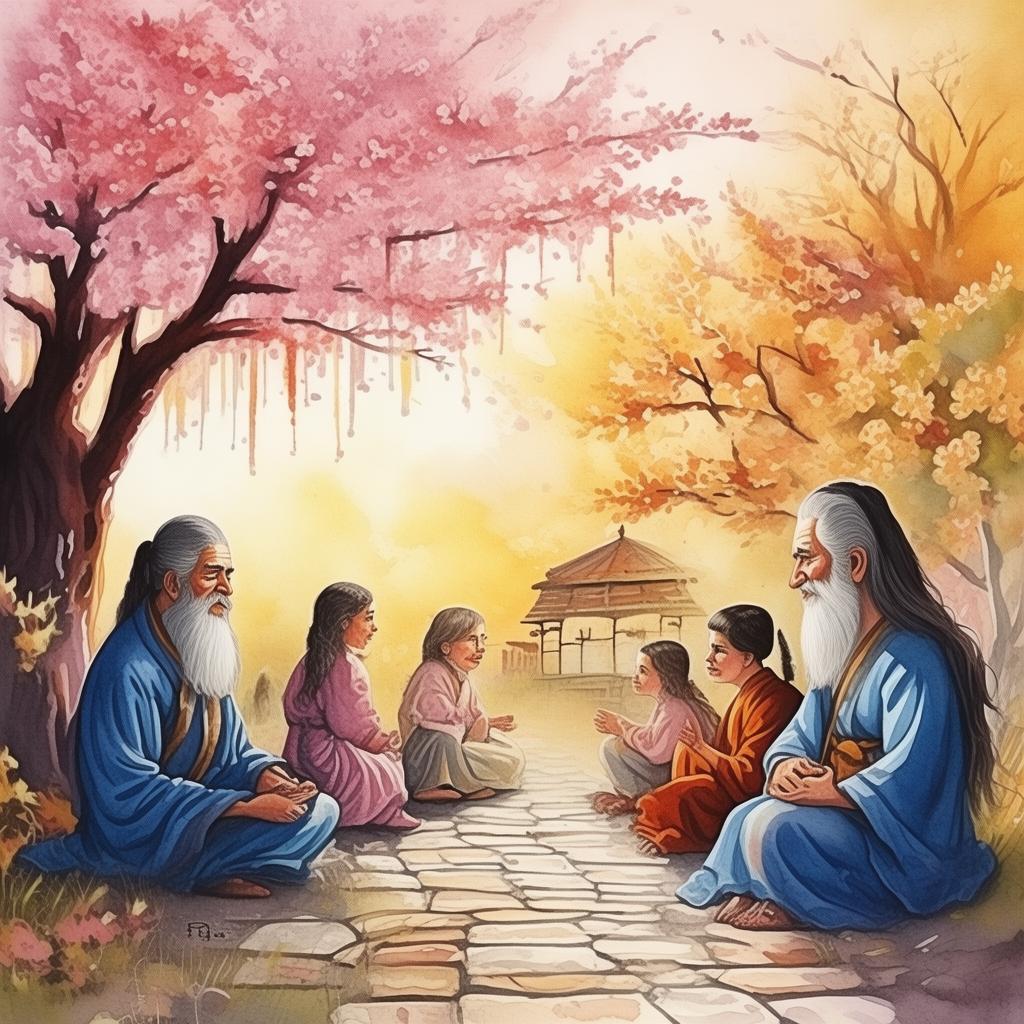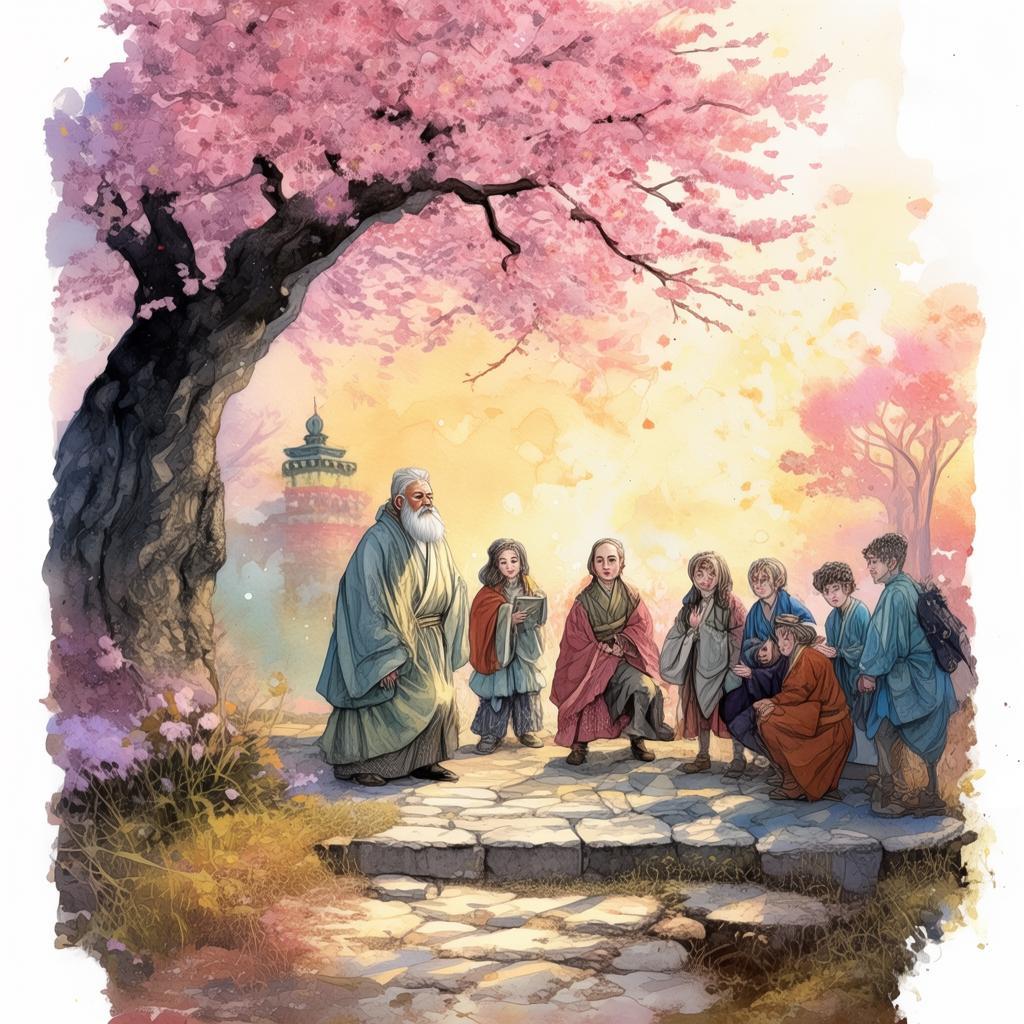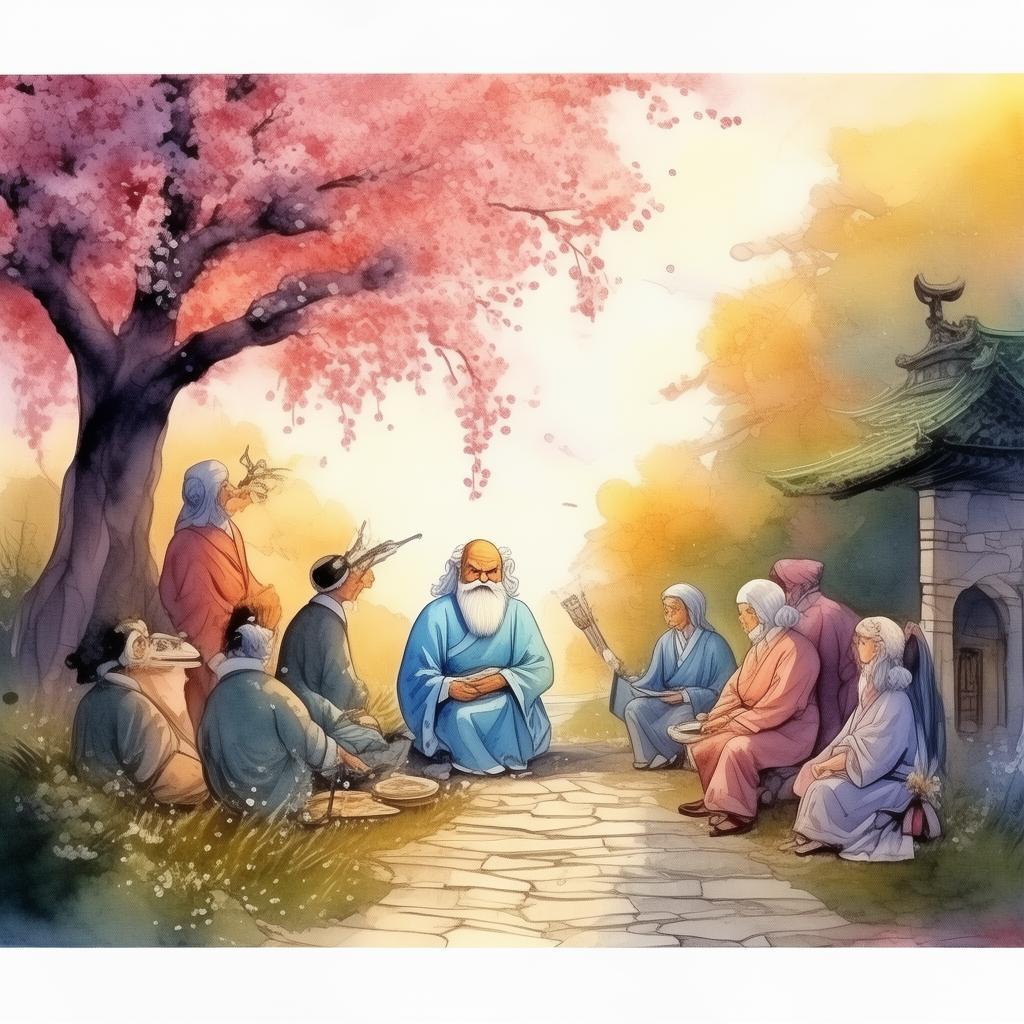The Masterpiece's Secret: A Quest for Authenticity
In the heart of the bustling city of Jingzhou, the National Museum of Ancient Art stood as a beacon of cultural heritage. Its halls were filled with treasures from the distant past, each piece a testament to the ingenuity and artistry of ancient civilizations. Among these artifacts was a painting, "The Serene Lake," a revered masterpiece from the Tang Dynasty. It was said to be the work of the great artist Zhang Xuan, whose brushstrokes were as delicate as the morning mist.
The curator, Li Wei, was a young and ambitious scholar, dedicated to preserving the authenticity of the museum's collection. He had spent years studying the works of ancient artists, but nothing could have prepared him for the discovery that would change his life forever.
One rainy afternoon, as Li Wei was examining "The Serene Lake," he noticed something peculiar. The painting seemed to shimmer with an otherworldly glow, as if it were imbued with a hidden energy. Intrigued, he decided to delve deeper into its history.
Li Wei's research led him to an old, dusty tome in the museum's archives. It spoke of a secret alibi, a tale of intrigue and deceit that had been lost to time. According to the book, "The Serene Lake" was not the work of Zhang Xuan, but rather a forgery created by a notorious art thief, Mo Xian. Mo Xian had used a sophisticated alibi to deceive the world, making it appear as though the painting was an authentic Tang Dynasty masterpiece.
Li Wei's heart raced with excitement and trepidation. If the painting was a forgery, it meant that the museum's reputation was at stake. But the thought of uncovering the truth behind one of the world's most famous artworks was too tantalizing to ignore.
He decided to embark on a quest to find the original "The Serene Lake." His journey took him to the remote mountains of Sichuan, where he believed the painting's true origins lay. Along the way, Li Wei encountered a cast of characters, each with their own motives and secrets.
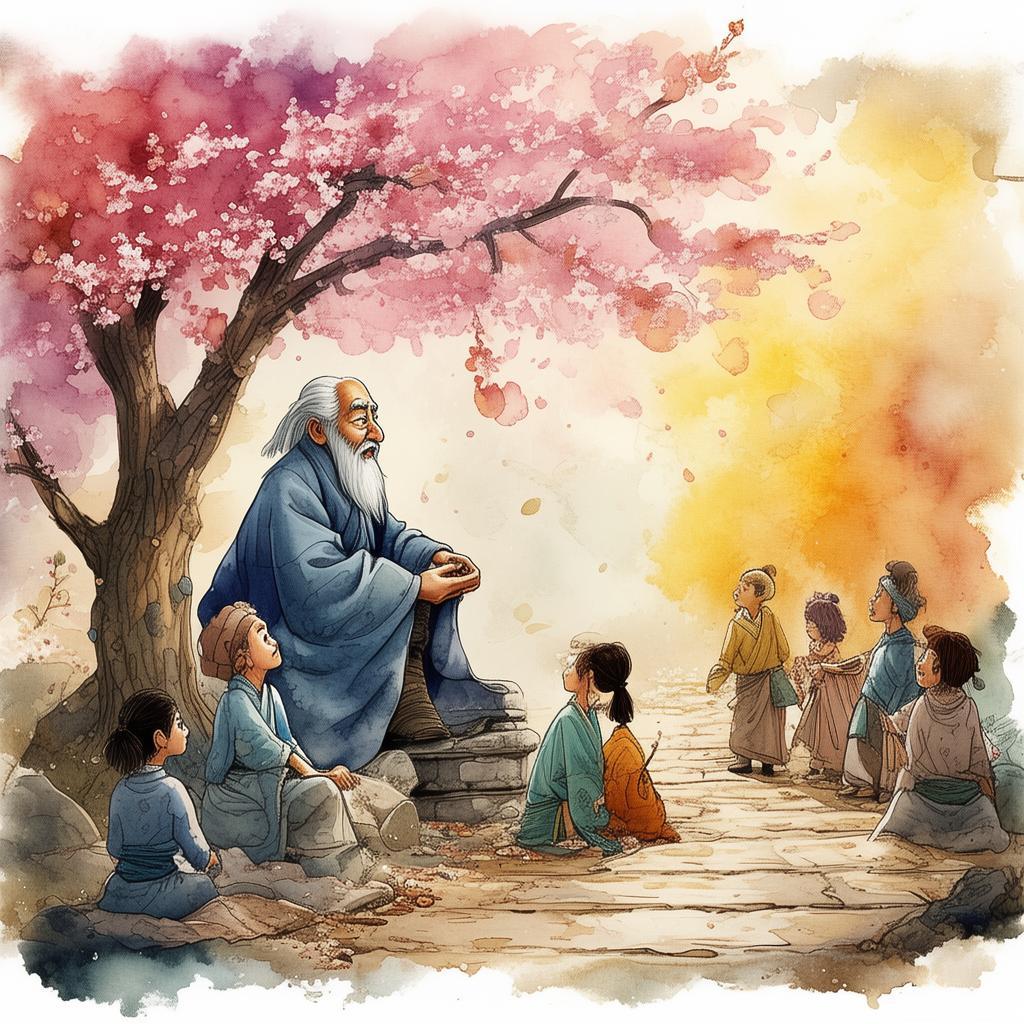
There was the enigmatic art historian, Professor Wang, who had spent his life studying the forgeries of Mo Xian. He offered Li Wei invaluable insights but also warned him of the dangers that lay ahead. There was the adventurous archaeologist, Li Na, who joined Li Wei on his quest, her knowledge of ancient artifacts proving to be invaluable. And there was the cunning art dealer, Chen, who seemed to know more about the painting than he let on.
As they journeyed deeper into the mountains, they uncovered clues that pointed to a hidden cave, where the original "The Serene Lake" was believed to be hidden. But the path was fraught with peril, and they were not alone. The art thief Mo Xian, or his descendants, were rumored to be watching, ready to protect their secret at any cost.
The climax of their quest came when Li Wei and his companions discovered the cave, only to find that the painting was not there. Instead, they found a series of intricate puzzles and riddles, each leading them closer to the truth. The final riddle revealed that the painting had been split into four pieces, each hidden in a different part of the world.
Li Wei realized that he had to travel to each location to retrieve the pieces and reconstruct the painting. His journey took him across the globe, from the bustling streets of Paris to the serene gardens of Kyoto. Along the way, he faced numerous challenges, including a confrontation with a group of art thieves who were determined to keep the painting's secret hidden.
In the end, Li Wei's quest led him to the realization that the true value of "The Serene Lake" was not in its authenticity, but in the journey it had taken him on. The painting had become a symbol of the quest for truth and the importance of preserving history.
As Li Wei reconstructed the painting, he couldn't help but feel a sense of awe and gratitude. The masterpiece had not only brought him closer to the truth but had also reminded him of the power of art to connect us to our past and inspire us to look forward to the future.
The Masterpiece's Secret: A Quest for Authenticity was not just a story of art and deceit; it was a tale of human perseverance and the pursuit of truth. It was a story that would resonate with readers, sparking discussions and inspiring them to look deeper into the world around them.
✨ Original Statement ✨
All articles published on this website (including but not limited to text, images, videos, and other content) are original or authorized for reposting and are protected by relevant laws. Without the explicit written permission of this website, no individual or organization may copy, modify, repost, or use the content for commercial purposes.
If you need to quote or cooperate, please contact this site for authorization. We reserve the right to pursue legal responsibility for any unauthorized use.
Hereby declared.
